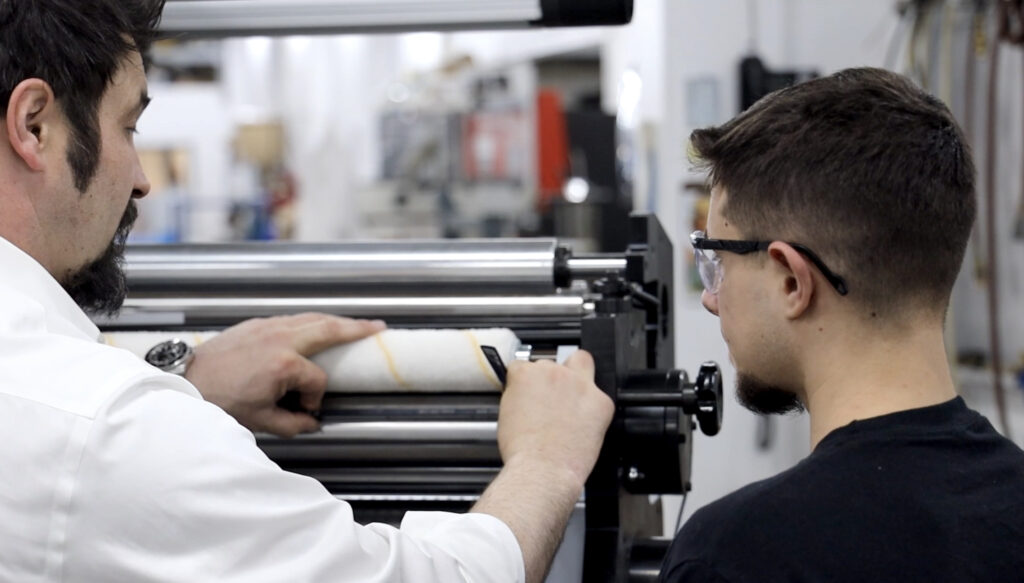A growing number of industries are relying on Radio Frequency Identification (RFID) technology for efficient and accurate tracking of inventory, products, animals, and employees. RFID tag systems deliver step-by-step tracking in real-time by using wireless communication and radiofrequency waves to collect, transfer, and store data. The tags are read by a device that uses antennas without having to be in the line of sight of the item being tracked.
RFID System Types
The type of RFID system you have depends on the frequency band used for operation. The frequency is the wave size it uses for the different system components to communicate, and there are both advantages and disadvantages to the different bandwidths. The three types of RFID systems include:
- Low frequency (LF)
- High frequency (HF/NFC)
- Ultra-high frequency (UHF)
The type of RFID system you choose will depend on the materials or products you are tracking.
Low Frequency (LF) RFID System
Low-frequency waves are typically used for tracking assets such as animals and can be read by a reader device with low sensitivity to interference. However, the read range is very small, so the tag and the reader device have to be near one another.
Other features of LF RFID include:
- An approximate 10 cm read range
- Frequencies range from 30 KHz – 300 KHz
- Slow reading speed
- Radio wave interference has low sensitivity
High-Frequency (HF) RFID Systems
High-frequency RFID systems are more technologically advanced than LF technology and can also be effective in tracking items that contain liquids and metal objects. HF RFID systems have a marginally larger read range with the ability for multiple tags to be read at once, but other limitations could affect inventory that has a high value.
Additional features of HF RFID include:
- Radio wave interferences have moderate sensitivity
- Common applications include data transfer, payment, and ticketing
- There are currently several HF regulations already in place
- Read range is up to 3 feet
Ultra-High Frequency (UHF) RFID Systems
Ultra-high-frequency RFID systems have a very high read range when compared to both low-frequency and high-frequency RFID systems. UHF RFID is also commonly called RAIN RFID and is very useful when tracking numerous packages at once or large inventory. Many different industries utilize UHF technology, such as:
- Retail
- Pharmaceutical
- Manufacturing
- Healthcare
- Transportation
- And more
More features of UHF RFID include:
- Read range up to 40 feet
- The least expensive RFID tag to manufacture
- The UHF sector is the fastest developing in RFID technology
- In compliance with global standards
Most of the latest RFID developments utilize UHF instead of LF or HF systems. UHF delivers quicker transference of data and data processing with up to 20 times the speed and range of high-frequency systems.
Tamarack® Products understands that efficiency and quality are important to business operations, so we offer easy solutions with high-quality, dependable web finishing and converting equipment. We bring more than 50 years of experience in delivering completely customizable and scalable solutions using RFID technology with our MVW Inline RFID inlay insertion system. Our MVW Inline is servo-driven for easy installation, and controls that are operator-friendly for easy integration into your current press.
Tamarack® Products is an industry leader in providing simple solutions using our modular, custom web-finishing equipment. We can fully design and customize the MVW Inline RFID inlay insertion system to insert wet or dry inlays to meet your business needs. Contact us to learn more about the different types of RFID systems and how RFID technology can benefit your business.





